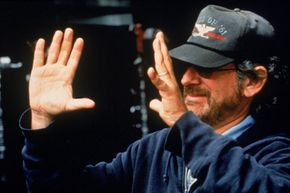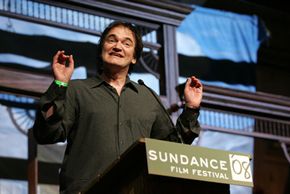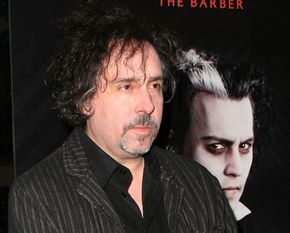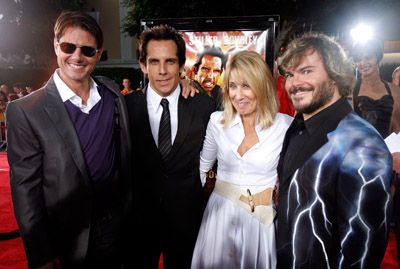The world premiere of Steven Spielberg’s first feature film, "Firelight," was a gala event in March 1964. The lead actors and the director arrived in a borrowed limo as a searchlight swept the Phoenix sky. The packed theater watched the tale of alien abductors for two hours and 15 minutes. Local critics applauded the science fiction film, and at 75 cents per ticket, the movie was profitable.
The next day, Spielberg, 17, and his family moved to Los Angeles. While attending California State University, Long Beach, he attracted the attention of executives at Universal Pictures. He went on to direct television shows and then award-winning movies. His first blockbuster, "Jaws," came 11 years after that Phoenix premiere [sources: Steven Spielberg: A Biography, Encyclopedia Britannica].
Advertisement
Contrast that with the experience of Alfred Hitchcock. He worked for six years designing the dialogue cards between the scenes of silent movies and then as a film cutter, scriptwriter, set designer, production assistant and, finally, as a film director.
After two melodramas, he finally had the chance to direct his first thriller, "The Lodger," in 1926. Because it was a silent film, Hitchcock used a lot of visual cues to heighten suspense for the audience and keep them guessing about the ending. The result? Studio executives found the movie too odd and left it on the shelf for months before finally showing it apologetically to distributors. They liked it, paving the way for Hitchcock’s first hit and successful directing career [sources: "Hitchcock on Hitchcock: Selected Writings and Interviews," Encyclopedia Britannica].
Becoming a movie director requires experience, effort and contacts. Nobody simply steps up and starts directing major movies. The process of becoming a director starts years earlier with getting an education, building a portfolio and gaining experience in directing films and other aspects of movie production.
But what does a director actually do? How can you get your foot in the door with a studio? And what jobs will help you on your way up? Keep reading to find out.
Advertisement







